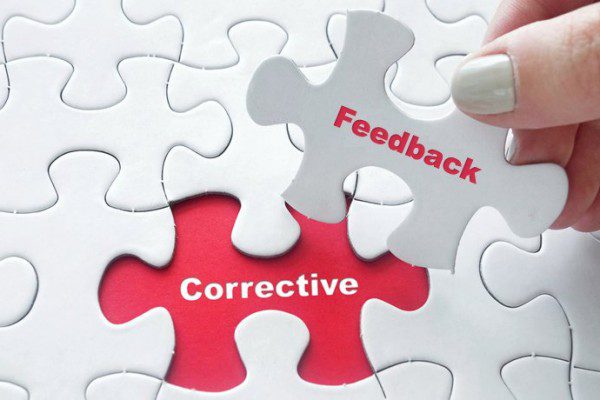Corrective feedback in foreign language classrooms can be a big issue for learners and teachers. Proponents of different approaches to foreign language teaching question the efficacy of corrective feedback (CF), making it difficult for teachers to decide when and how to correct students.
Theories on Corrective Feedback
Some theories and research claim that providing any type of correction for foreign language learners is not effective and causes anxiety among learners. They claim that learners’ mistakes will correct themselves as long as they are provided with enough target language input. This may be right for kids learning a second language in the classroom or outside of the classroom. However, it may not be the same for adult foreign language learners who have different perceptions of making mistakes, preferences, and knowledge of the world. Most adult foreign language learners may clearly ask their teacher to correct them when they make a mistake. Some learners may ask their teacher for implicit error correction while others may ask to correct them on the spot.
The latter group might be afraid they will repeat the incorrect language form over and over until it is automatized. Then, it may take more time to correct than learning correctly in the first place. These learners usually take their time to think first and then speak which can cause some long pauses in the speech. On the other hand, there are some foreign language learners who are not afraid of making mistakes and they may speak fluently, but native speakers may not understand or misunderstand them due to the large number of mistakes they make in the target language. They will continue making the same mistakes even after they hear the correct form repeatedly from native or proficient speakers.
Implicit vs Explicit Corrective Feedback
Based on the above scenarios, it is apparent that foreign language learners do need to be provided with CF, but it is necessary to identify what type of corrective feedback, how often, and how it should be provided. It is important to remember that explicit CF increases accuracy while slowing down learners’ fluency. Now it is the language teacher’s job to use a variety of different types of corrective feedback to help learners in areas they need more help.
If a student needs to improve their fluency, the teacher should decrease explicit CF and provide more implicit CF, but s/he may need to provide explicit feedback if a student is making the same mistake over and over which hinders understanding or causes misunderstanding. Finally, it is important to remember to not treat minor discrepancies between the student’s speech and the second language as mistakes. As long as learners can communicate clearly with native speakers, there is very little room for CF.




